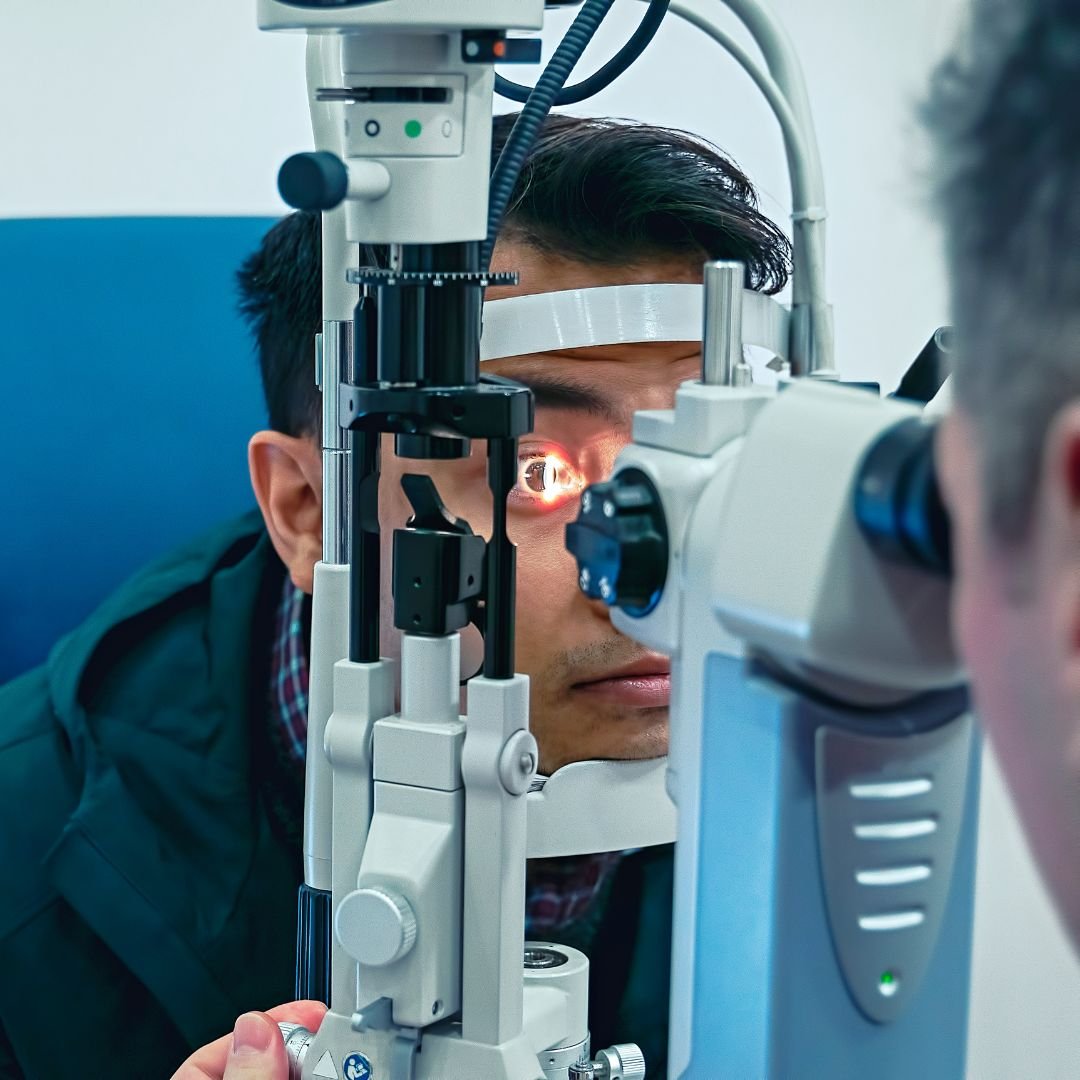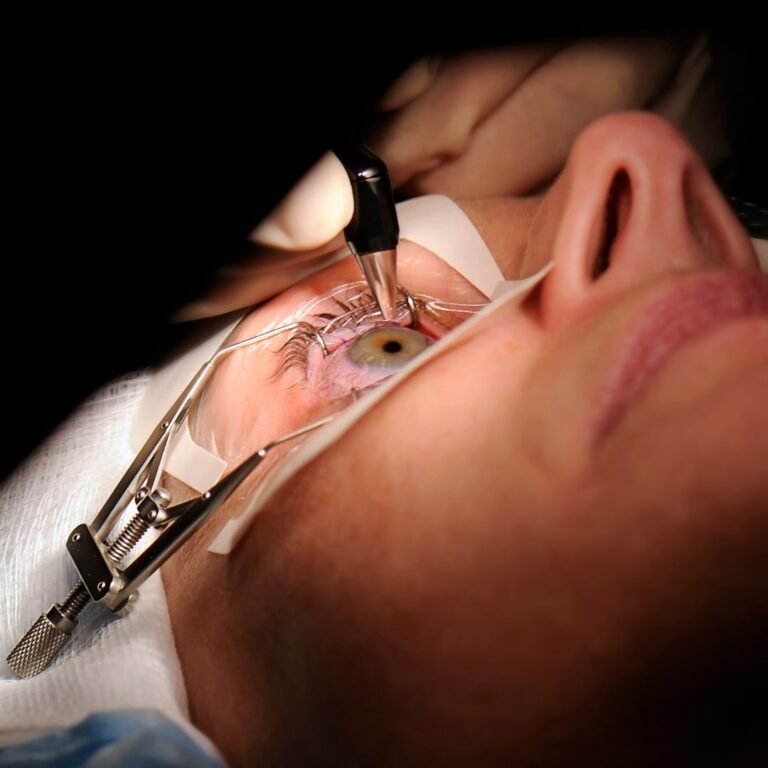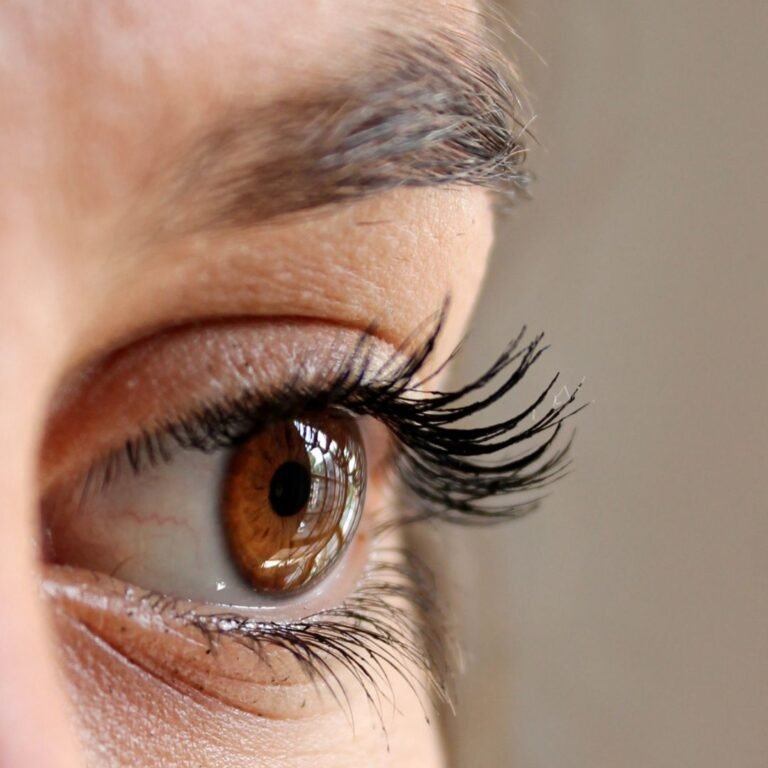Risks and Benefits of Eye Operation for Removing Spectacles
LASIK surgery, also known as the eye operation for removing spectacles, offers a potential solution to improve your vision and liberate you from the constraints of corrective eyewear. it’s crucial to understand the risks and complications associated with LASIK. We will let you know the benefits of LASIK, the potential risk factors, the recovery process, common side effects, and provide a call to action for those considering this procedure.
Why LASIK?
LASIK has gained popularity as a reliable and effective way to correct various vision problems, including nearsightedness, farsightedness, and astigmatism. The primary reason people choose LASIK is to reduce their dependence on glasses or contact lenses. Imagine waking up in the morning and seeing the world clearly without reaching for your glasses or inserting contact lenses. LASIK offers the possibility of improved vision and a more convenient lifestyle.
Risk Factors:
While LASIK is generally safe and successful, it is essential to be aware of the potential risks involved. Factors that can increase the risk of complications include:
1. Pre-existing eye conditions: Certain eye diseases, such as glaucoma or cataracts, may make LASIK unsuitable or increase the risk of complications.
2. Thin corneas: The thickness of your cornea is a crucial consideration for LASIK eligibility. Thinner corneas may not have sufficient tissue for reshaping.
3. Dry eyes: LASIK can worsen pre-existing dry eye conditions, leading to discomfort or blurry vision.
4. Age: Younger individuals may experience changes in their vision, potentially requiring additional procedures in the future.
LASIK Recovery:
After LASIK surgery, the recovery period is relatively short. Most patients experience improved vision within 24-48 hours. However, full recovery may take several weeks. Following the surgeon’s instructions, including using prescribed eye drops and avoiding strenuous activities, is crucial during this phase. It’s normal to experience mild discomfort, dryness, or temporary fluctuations in vision during the recovery period.
Potential Side Effects:
While LASIK is generally safe, it’s essential to be aware of potential side effects that can occur in some cases. These can include:
1. Dry eyes: Temporary or persistent dryness can occur after surgery, leading to discomfort or the need for artificial tears.
2. Glare, halos, or double vision: Some patients may experience visual disturbances, particularly in low-light conditions.
3. Undercorrection or overcorrection: In some cases, the desired vision correction may not be achieved, necessitating additional procedures or the continued use of glasses or contact lenses.
4. Flap complications: During LASIK, a thin corneal flap is created. Rarely, this flap may become dislodged, requiring immediate medical attention.
Call to Action:
If you’re considering LASIK surgery as an eye operation for removing spectacles, it’s crucial to consult with a qualified ophthalmologist. They will assess your suitability for the procedure, discuss potential risks, and provide personalized recommendations. Remember to ask questions, understand the recovery process, and weigh the benefits against the potential risks before making a decision.
Conclusion:
LASIK surgery offers the promise of improved vision and freedom from glasses or contact lenses. However, it’s essential to understand the potential risks and complications associated with the procedure. By consulting with a trusted eye care professional like in Global Lasik Laser Center that provides the best Lasik surgery in Raipur, you can make an informed decision about whether LASIK is right for you.








